Water is essential for life, yet 750 million people worldwide can’t access all they need.
That’s a sobering fact—but it also presents an opportunity for resourceful and innovative people all over the the world to strut their stuff and find solutions.
In the future, all our water may well come from a Bill Gates-approved machine that turns literal sewage into drinking water. But until that day arrives, and in honor of World Water Week, here’s how people in four different countries are solving their water problems in unique—and often surprising—ways.
Kenyan sand dams take a page from ancient Rome’s book
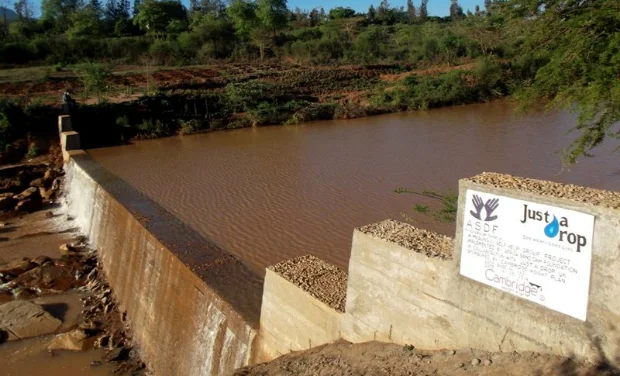
When in Kenya, do as the Romans do?
That’s what one inventive NGO seems to think, anyway, as it works to help communities in rural Kenya access clean drinking water.
Aqueducts might be ancient Rome’s best-known waterworks, but another Roman invention is proving useful in Kenya: It’s called a sand dam, and it’s designed to trap water from seasonal rivers in layers of sand, which can be tapped long after the river recedes.
Sand dams are awesome for a couple reasons. One, the sand stops water from evaporating. Two, the sand shields water from disease-carrying mosquitoes. Three, the sand actually filters the water, resulting in a readily drinkable brew.
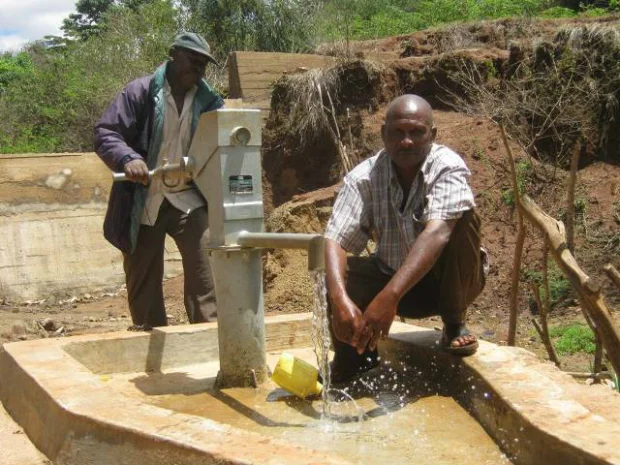
Africa Sand Dam Foundation is one of the organizations responsible for bringing sand dams back. They partner with local communities to design and build dams that will meet the specific needs of the community now and in the future. And their Roman throwback seems to be picking up steam—sand dam programs are in the works for other parts of Africa as well as India, according to the Guardian.
In Israel, salt water has never tasted so refreshing
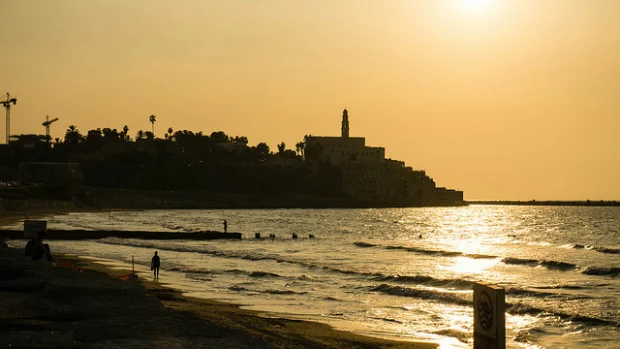
This semi-arid state has always struggled with perennial water shortages. But as the New York Times reports, a painful seven-year drought starting in 2005 forced Israel to step its game up.
After repeated austerity measures proved mostly futile—Israel tried everything from penalizing swimming pool owners to capping shower lengths—Israel’s leaders settled on two-part strategy: desalinating Mediterranean seawater and recycling wastewater.
Desalination refers to the process of removing salt from seawater to make it drinkable. What used to be a costly and energy-intensive process is now much more feasible thanks to better tech and innovative methods like reverse osmosis.
Israel has built four desalination plants, and a fifth is on its way. The goal is to produce 200 billion gallons of potable water, or about a third of its total demand, by the year 2020.

When it comes to recycling wastewater, Israel is the undisputed world champ. It treats and repurposes a whopping 86 percent of its domestic wastewater—enough to cover more than half of its agricultural needs.
The world’s second-leading water recycler, Spain, reuses only 17 percent of its output—and that’s still seventeen times more than the United States, which recycles a measly one percent of its water.
I know a few parched West Coast states that could probably go for some sweet, sweet recycled water right about now.
Cities in India respect their elder wells
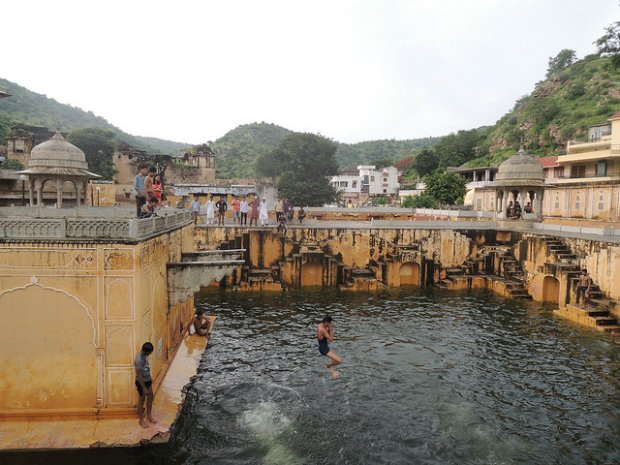
In rain-deprived parts of India, people have relied on traditional water-harvesting techniques for centuries. Chief among them: elegant and functional step wells, or baolis, which concentrate rainwater in cavernous stone reservoirs.
The oldest of these wells have existed for over a millennium. But despite their ancient appearance, step wells are very much a part of India’s modern water strategy. In Delhi, for example, the Guardian reports that local groups are working to restore and protect the city’s 15 remaining step wells.
What makes step wells so effective is that their broad design acts like a funnel for rainwater, creating communal pools of water right where people live. Baoli water is great for cleaning, washing, agriculture, and—if taken care of properly—drinking.
In India’s growing cities, some step wells compete with nearby storm drains for limited flows of rainwater. Others are tainted by sewage and waste. But baoli advocates maintain that cities like Delhi need step wells in order to harness their precious rainfall as best as possible.
The best part is, baolis might soon be popping up in places other than India. Communities in Morocco have apparently invited Indian contractors to explore the possibility of building step wells there.
Truly a refreshing thought.
Peru revives old-school farming methods and builds billboards you can... drink?
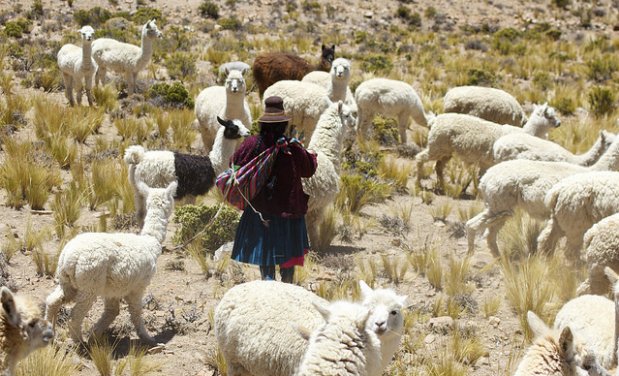
We’ve seen countries adopt strategies both cutting-edge (Israel) and time-honored (India) to tackle their water problems. In Peru, a bit of both is on display.
First, the old-school: In the highlands of southern Peru, an ancient farming method is staging a comeback.
Farmers there are building suqakollos, systems of raised beds and irrigation ditches first devised by their ancestors 3,000 years ago, in hopes of protecting their crops against drought—and preparing themselves for the effects of climate change.
Suqakollos, which look like a cross between abstract art and next-level landscaping from above, work by creating a microclimate that is several degrees warmer, and considerably wetter, than the immediate surroundings. (Ever made one of those soda-bottle biomes in elementary school? This is a bit like that, only much more important.)
That microclimate acts as a sort of invisible forcefield against inclement weather, which is crucial in a harsh environment where crops often succumb to both droughts and frosts.
With help from the Food and Agriculture Organization, locals are working together to revive this tried-and-true technique. “Our great-great-grandfathers used the suqakollo system then at some point, and we don’t know why, they stopped,” one community leader told the Guardian. “Now we are restarting it and bringing it up to date – men and women working together.”
Meanwhile, in Peru’s biggest city, engineers have devised a way to pull water straight from the atmosphere using—wait for it—a billboard.
The Huffington Post has the scoop on this crazy-cool innovation from the masterminds at UTEC, an engineering school in Lima. Watch the video below to see how it works.
The billboard churned out close to 10,000 liters of water in three months. In a city where annual rainfall is next to zero, that’s no small thing.
Let’s raise a glass of potable water and celebrate these thirst-quenching innovations. But what about those 750 million people living without access to clean water?
Take two seconds to demand change: Click TAKE ACTION NOW and encourage Sweden to increase its support of water and sanitation programs around the world.